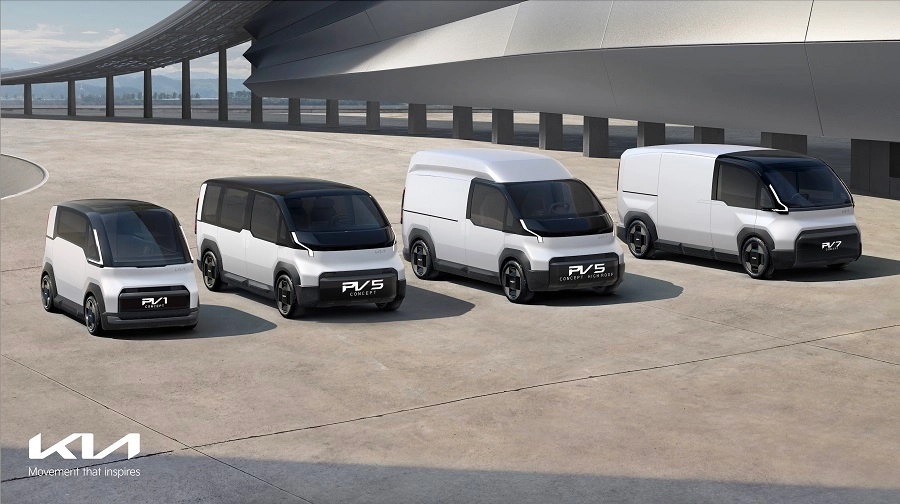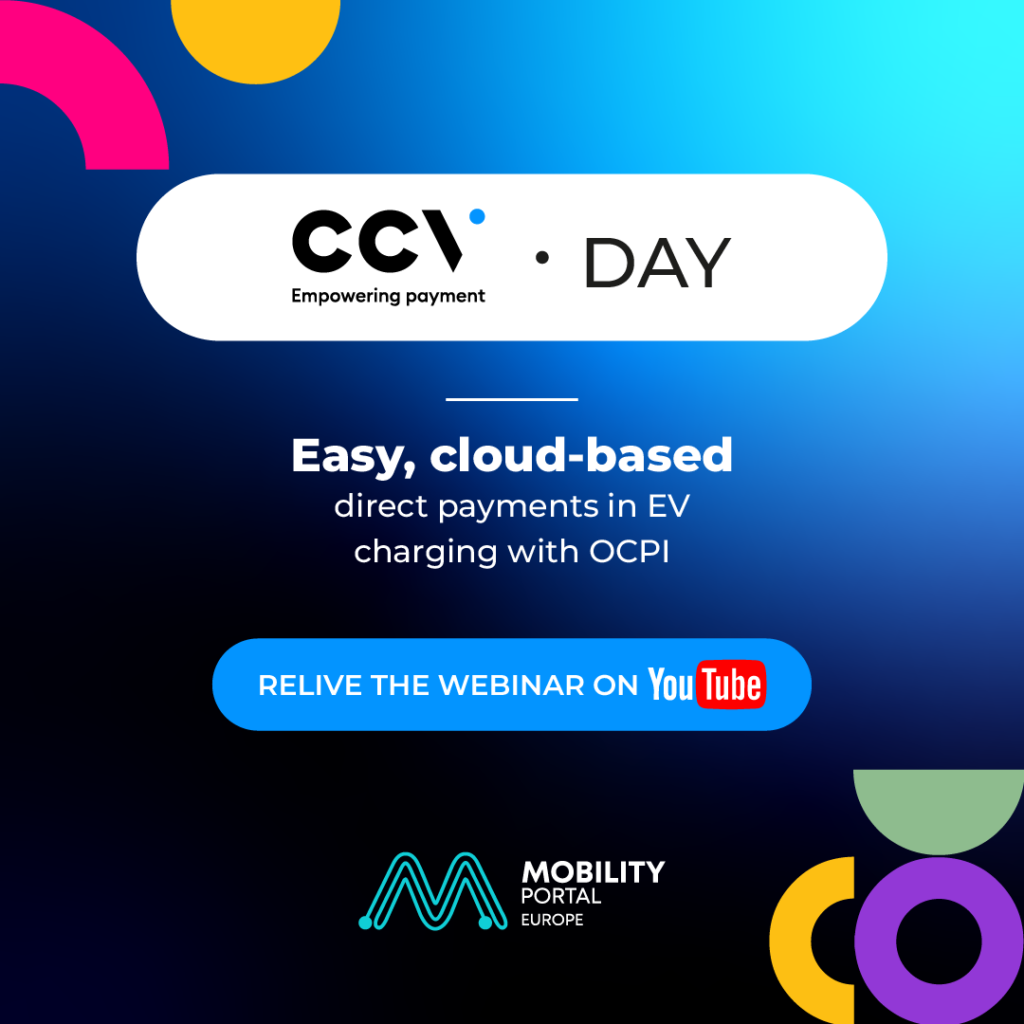The Consumer Electronics Show (CES) has once again opened its doors for a new edition held in Las Vegas, Nevada, United States.
This year’s event took place between January 9 and 12.
Here, Mobility Portal Group reviews all the announcements regarding innovation in electric vehicles.
Sony Honda Mobility reveals the first electric vehicle from the alliance
At CES 2024, a production-ready version of the Afeela, the first car from this collaboration, has been unveiled. The fully electric vehicle has shown an image very close to what it will look like when it hits the roads.
It measures 4.91 meters in length and has a wheelbase of three meters.
It is powered by an all-wheel-drive system consisting of two electric motors that deliver a combined power of 360 kilowatts (kW).
Furthermore, it is equipped with a 91 kWh lithium-ion battery that supports fast charging at 150 kW, although the estimated range has not been revealed at the moment.
The most striking detail of this vehicle is the possibility of being driven both from the inside and the outside with a PlayStation 5 DualSense controller, although this would only be a technical demonstration and not a feature included in the final product.
KIA focuses on commercial electric vehicles
Kia has announced that it will redefine the term PBV as “Platform Beyond Vehicle.”
It will consist of three phases, with a customer-focused approach built around a specific business system that integrates vehicles, software, and future technologies to provide added value.
The first phase will introduce the Kia PV5, a versatile electric vehicle optimized for important areas such as hailing, delivery, and public services. Enhanced data connectivity between vehicles will allow operating multiple vehicles as a fleet defined by software.
The Kia PV5 will go into production in 2025 with the start of the first phase of the strategy.
The goal of this new strategy from the South Korean company is to “revolutionize the mobility industry” while supporting and driving the goals of the Hyundai Motor Group in robotics, advanced air mobility (AAM), and autonomous driving.
In this regard, Kia defines PBVs as a total mobility solution that combines purpose-built electric vehicles with advanced software solutions based on Hyundai’s Software Defined Everything (SDx) strategy.

Samsung unites with Tesla
Samsung Electronics Co., Ltd. has announced that it has established a service integration with Tesla that will connect SmartThings Energy to Tesla products such as the Powerwall home battery, solar inverter, Wall Connector charging solutions, and electric vehicles (EVs).
This collaboration, made possible through Tesla’s open APIs, will result in further expanding the already comprehensive connectivity level of SmartThings Energy and contribute to Samsung’s latest goal of providing more comfortable and seamless home experiences.
The main benefit for consumers from Samsung’s collaboration with Tesla is that SmartThings Energy can connect to Tesla Powerwall, solar inverters, charging wall connectors, and electric vehicles, allowing access to information related to energy production, storage, and usage.
Bosch launches automatic charging and developments in H2
Bosch is a leading provider throughout the entire value chain of electromobility: from chips, axles, and electric motors to battery technology, charging stations, and numerous services.
One of the innovations the company showcased at CES has been awarded the CES 2024 Innovation Award by the Consumer Technology Association (CTA): automated parking charging.
In a garage equipped with an automated parking system, electric cars featuring this new technology can drive themselves to an available parking space with a charging point.
With just the press of a button on a smartphone, a robot charges the battery without further human intervention.
Once the charging is complete, the vehicle maneuvers without a driver to another parking space, freeing up the spot for the next car.
In addition to electrification, Bosch sees hydrogen as the key to efficiently meeting global energy demand in terms of resources.
Currently, the focus is on the mobile fuel cell, which recently began mass production in Stuttgart. This is at the heart of the propulsion system for heavy-duty vehicles.
The company is also working on components for a hydrogen engine that converts fuel directly into energy without first converting it into electricity. When powered by green hydrogen, this engine is virtually carbon-neutral.
The H2 engine is expected to debut this year.
Google is introducing new features for electric vehicles
In the coming months, Google will enable some electric vehicles that are compatible with Android Auto to share real-time battery status information with Google Maps.
The first vehicles to adopt this feature will be the Ford Mustang Mach-E and the F-150 Lightning.
With this function, it is expected to make driving an electric car easier, as the driver will have advance information on how much battery will be used to reach their destination.
Additionally, Google Maps will suggest charging stops along the route, and an estimated charging time can also be known.
In summary, brands like Nissan or Lincoln will start offering some useful applications such as Google Maps, the Google Assistant, and many others that can be downloaded from the Play Store.




